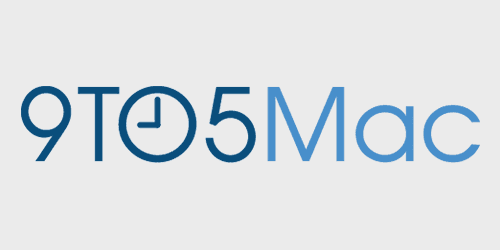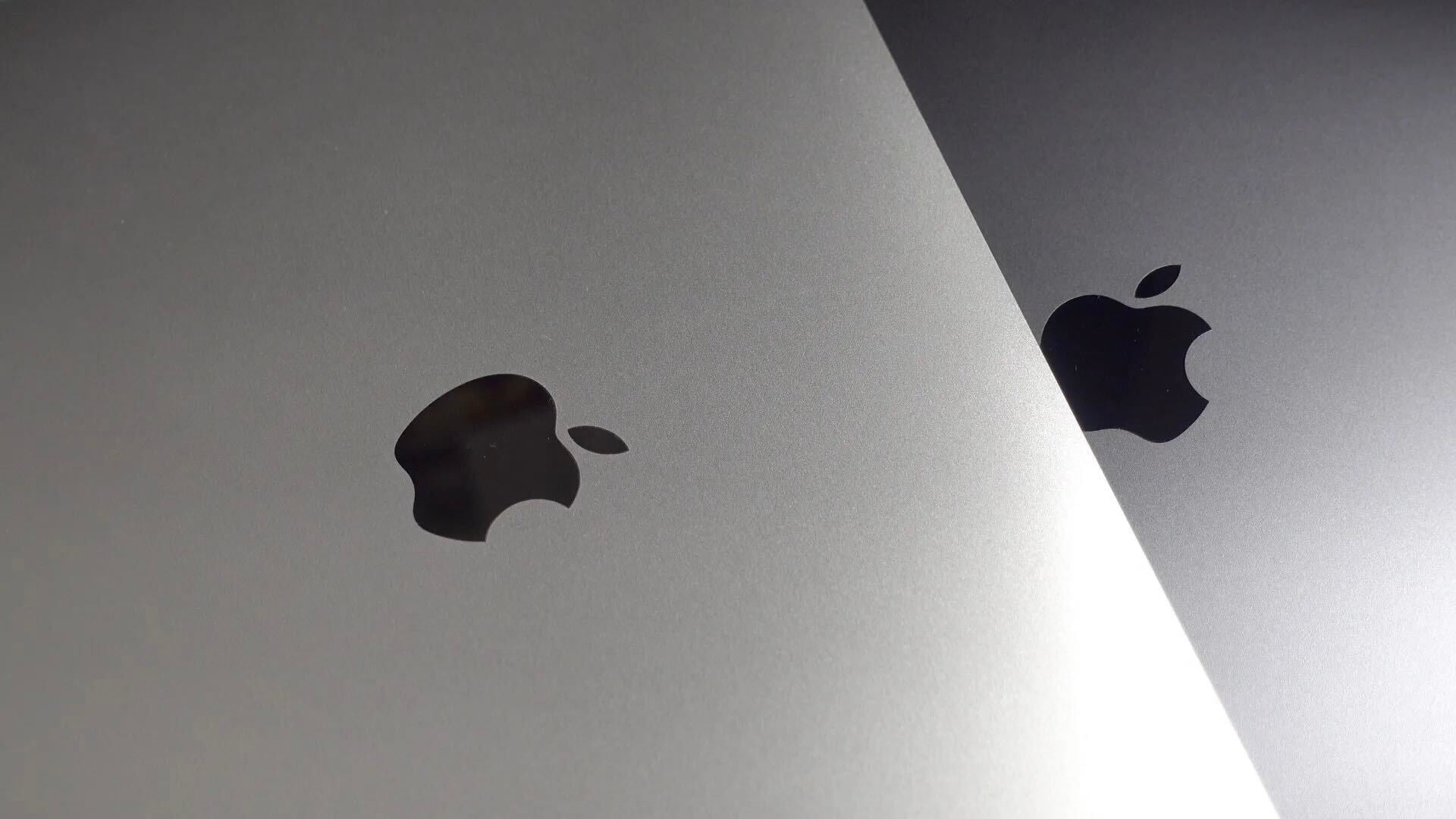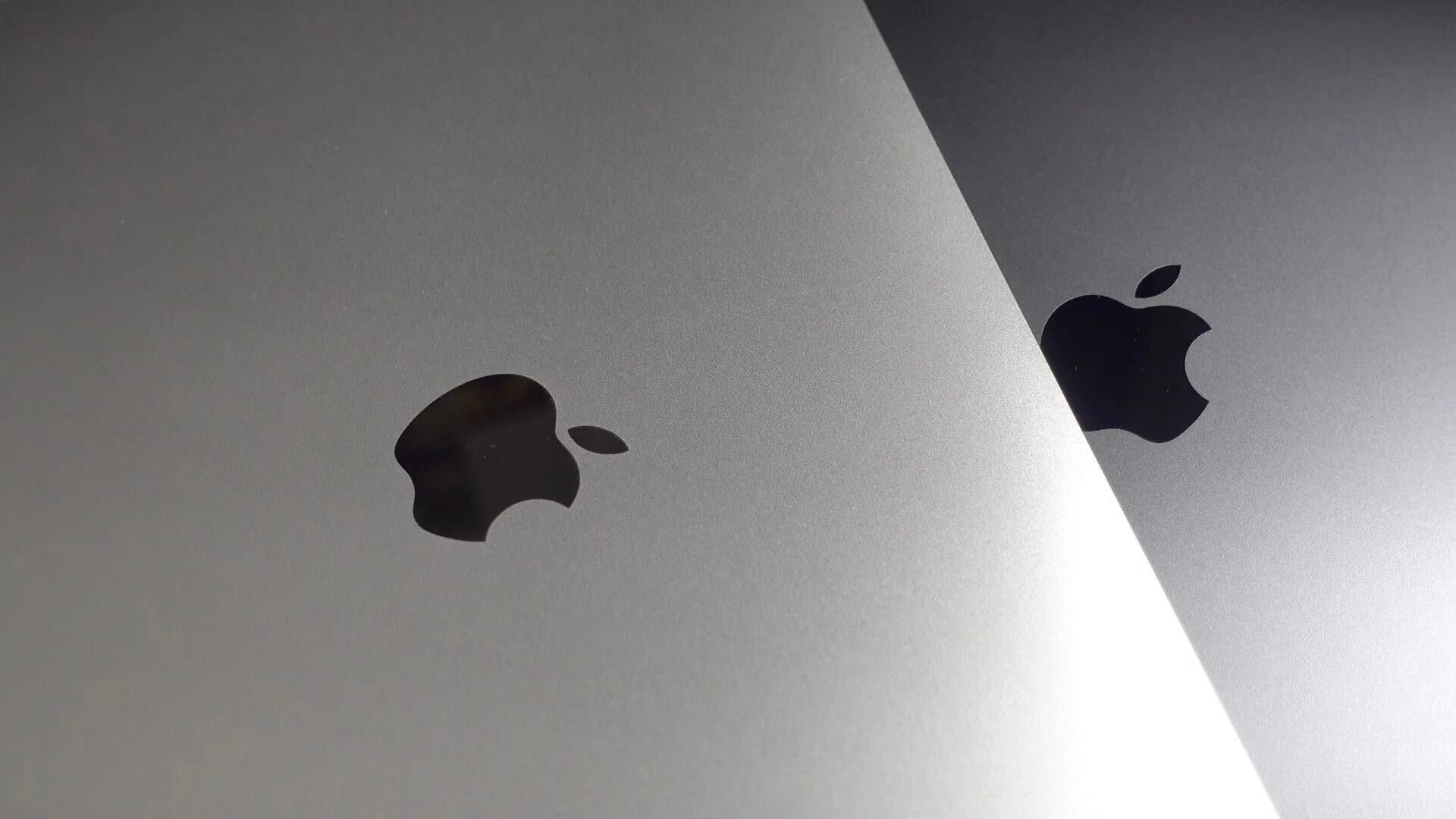App analytics data latest to suggest rumored iPad Pro resolution is 2732×2048


Data from Appsee claims to have identified information regarding the as-yet-unannounced larger iPad Pro, expected to feature a display ranging between 12.3 and 12.9 inches. The app analytics firm says an iPad with identifier ‘iPad6,8’ appeared in its logs with a reported screen resolution of 2732×2048. Internally, the larger iPad models are referred to as J98 and J99. The resolution is especially notable as it was previously spotted within code for iOS 9. For comparison, the current iPad Air 2 has a screen resolution of 2048×1536 with a ‘iPad5,1’ model identifier.
The jump in pixels for both axis is substantial although somewhat expected given the screen will also be increasing in area by about 80%. AppSee says its logs indicate the device has been used to open several apps from the App Store. The company has also identified ‘iPhone 8,1’ and ‘iPhone8,2’ devices corresponding to the iPhone 6S and iPhone 6S Plus.


